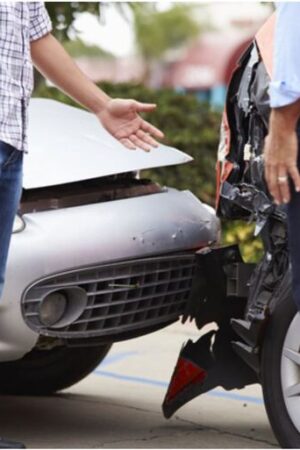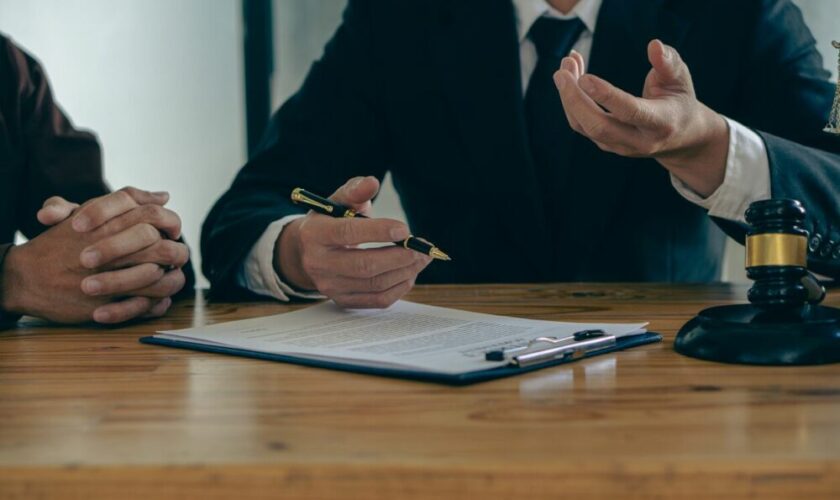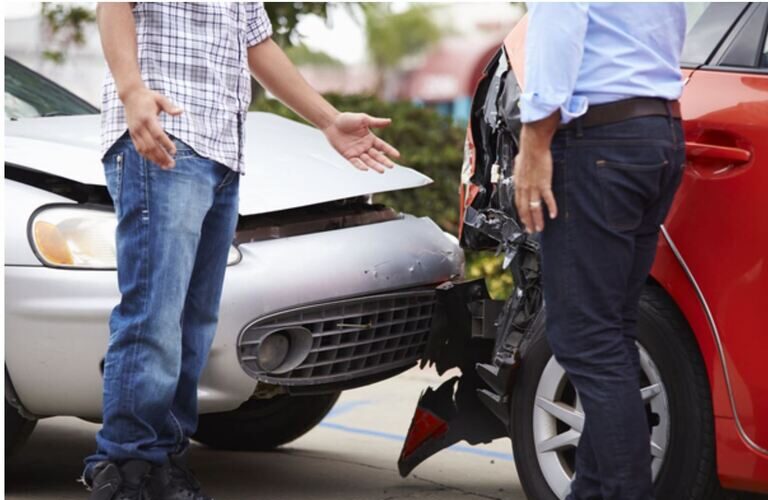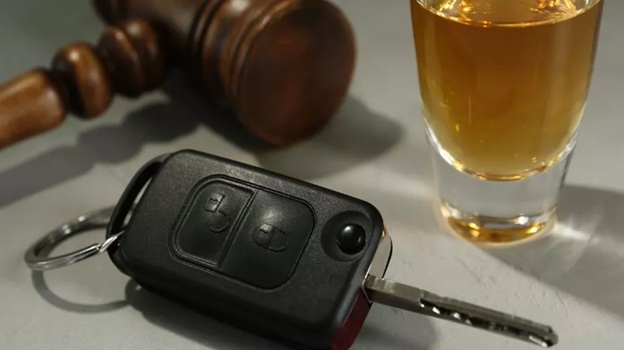When health problems make daily tasks harder, people often begin searching for support with a mix of fear and hope. It takes courage to even look for information when the body feels heavy and work becomes difficult. Somewhere during that search, they may notice a gentle prompt asking them to click here, and it becomes a small doorway into something that feels less confusing. That first moment gives many people the confidence to explore the idea of applying for disability benefits.
Basics Of Federal Disability Programs
Disability programs were created to support people who cannot work because of long lasting medical conditions. The goal is simple. A person who spent years working and contributing should not be left alone when their body or mind suddenly changes. These programs help with basic needs so the person can focus on health instead of thinking about every bill.
This support does not mean someone failed or gave up. It is a system built for moments when life becomes harder than expected. Understanding this brings comfort to many who feel unsure about asking for help.
When A Person Might Qualify For Support
Eligibility depends on a few clear points. The condition must limit a person’s ability to work in a steady and reliable way. The limitation should last for a long period or be expected to continue.
Documentation That Plays A Big Role
Good documentation is one of the strongest parts of a disability claim. Reviewers depend on medical records to understand the person’s real challenges. This includes doctor notes, treatment descriptions, test results, and any statements that explain how daily activities have changed.
These papers do not need special language. They only need to show the truth of what the person is experiencing. When documents match the person’s daily struggles, the claim appears clear and honest.
Reasons Some Applications Face Delays
Delays happen even in strong cases. Missing records, unclear doctor notes, or outdated documents can slow the process. Sometimes the office requests extra information to understand the condition better.
These delays do not mean the claim is weak. They only mean that more details are needed. Once additional information is provided, the review usually continues without trouble.
Toward the end of the claim, people often look for small reminders that show them where to go next. A simple message might appear encouraging them to click here, and that gentle instruction helps them complete the remaining tasks without confusion. By this point, they understand far more than they did at the beginning, and that understanding brings steady calm as they continue forward.
















